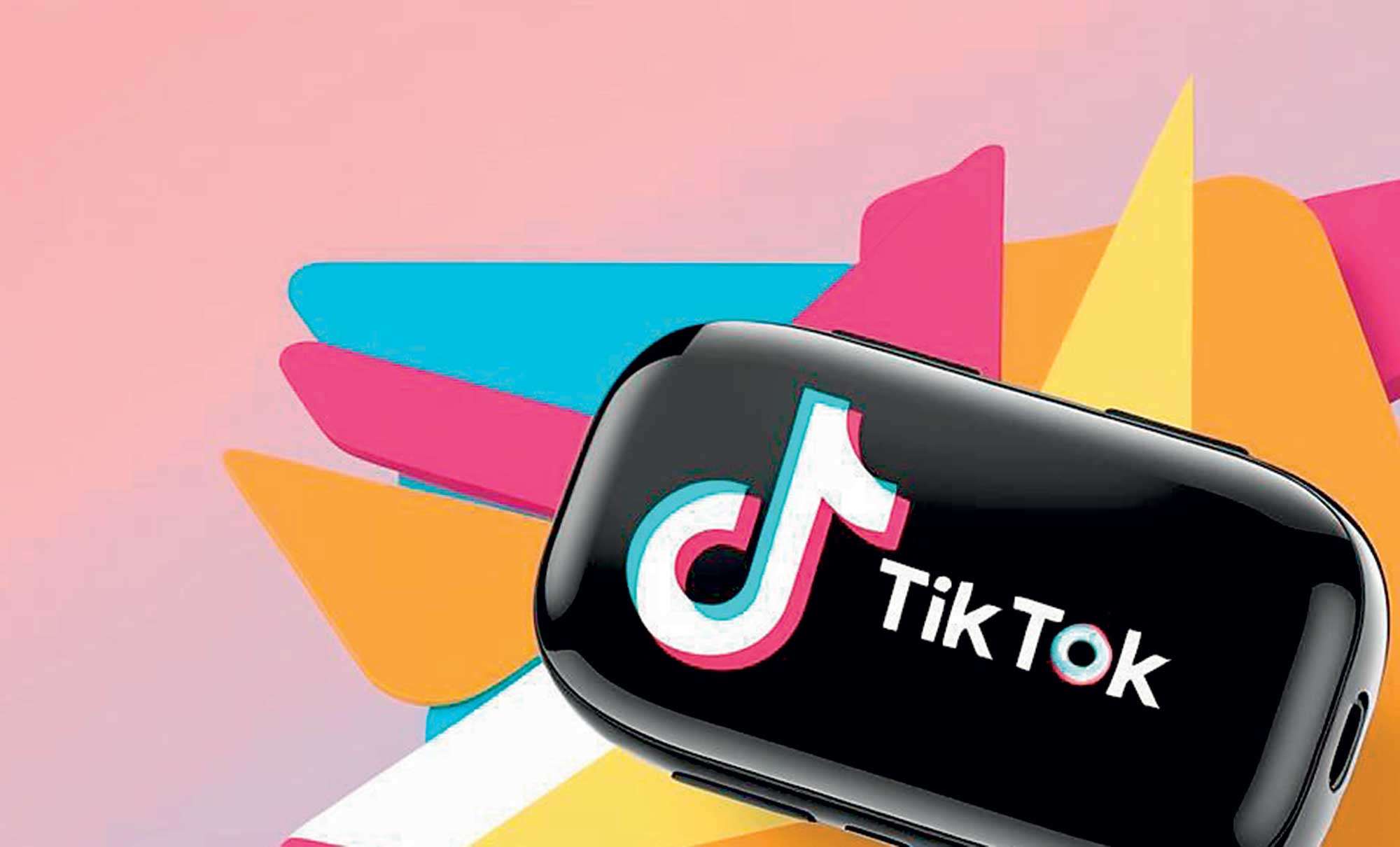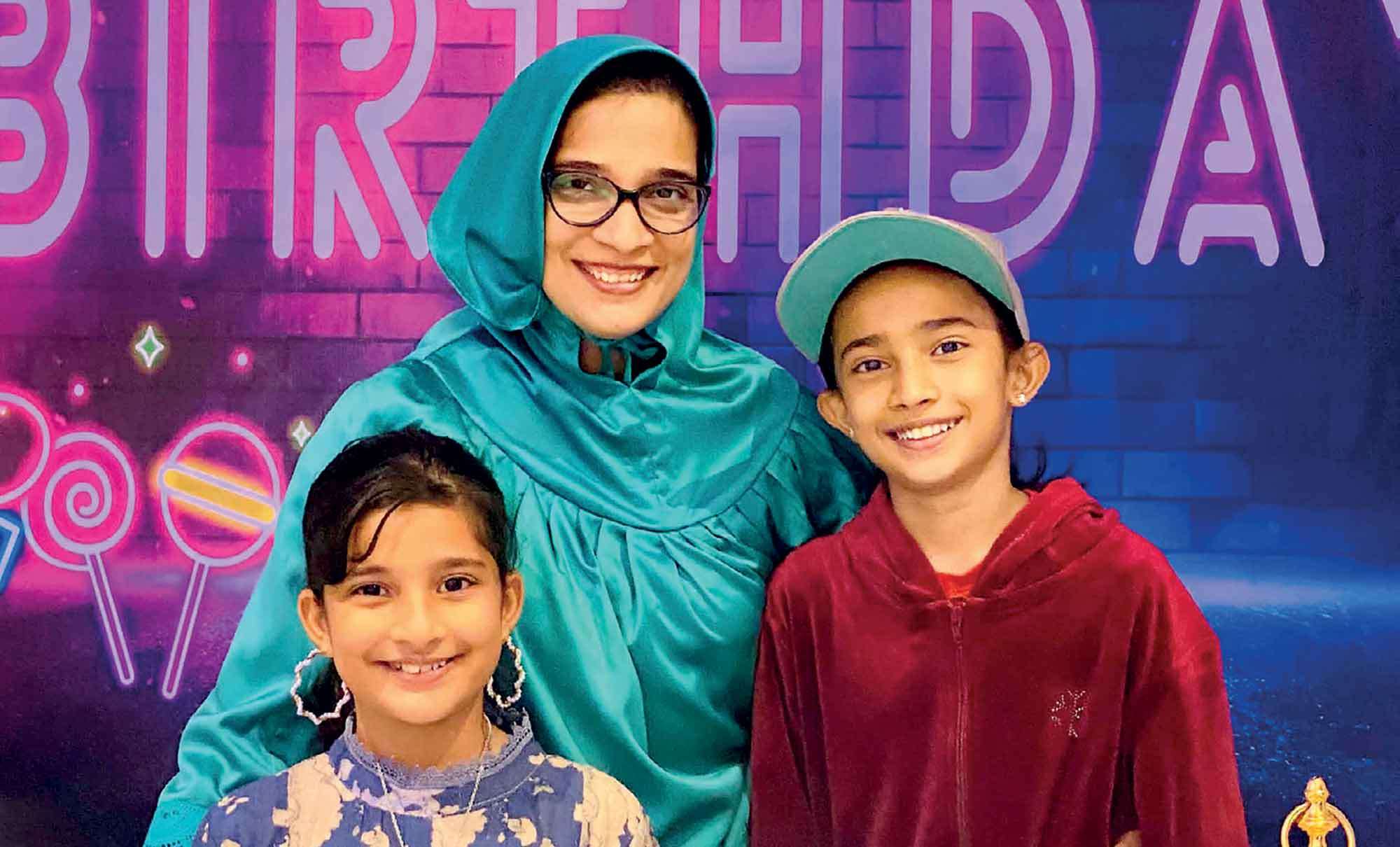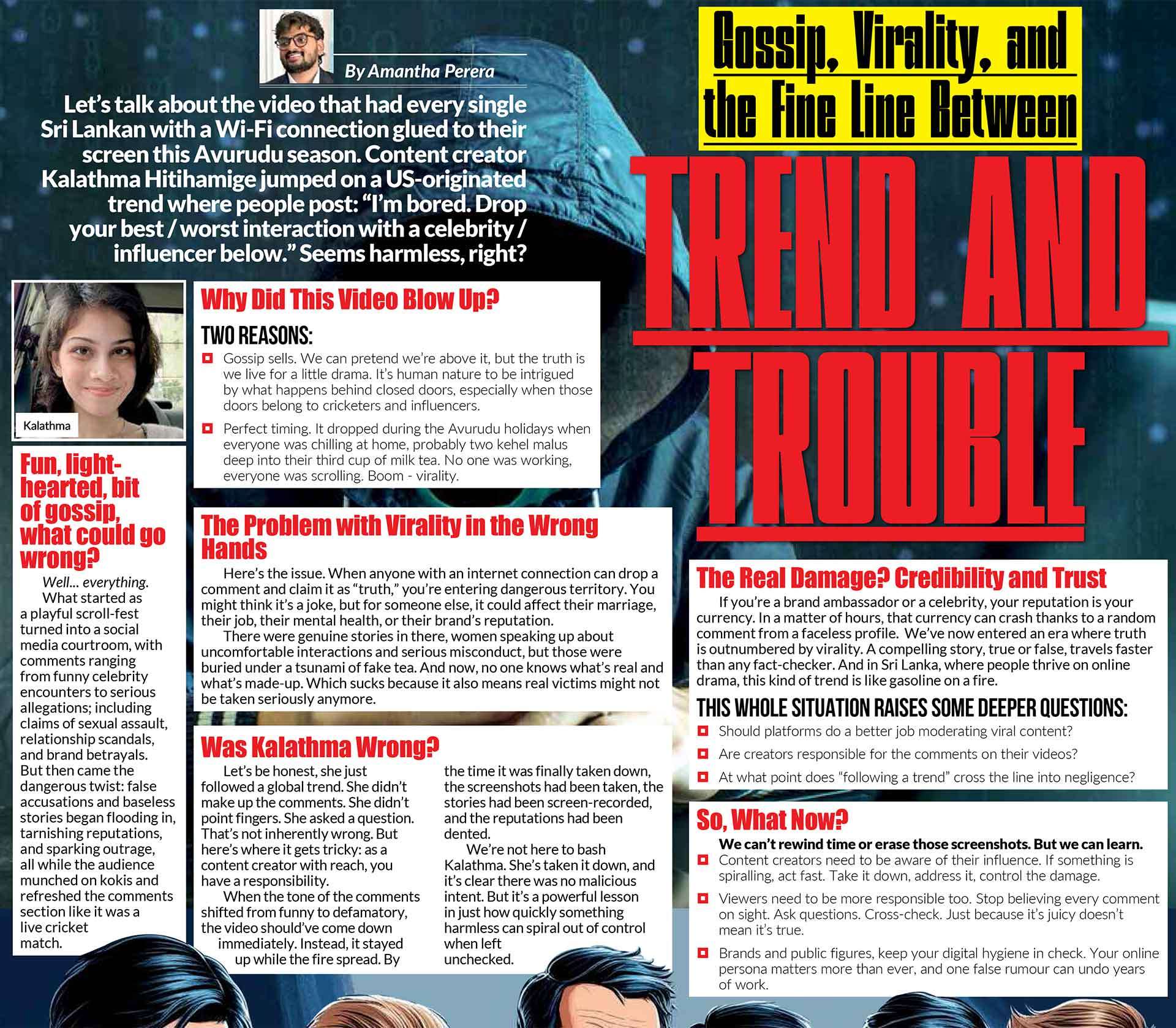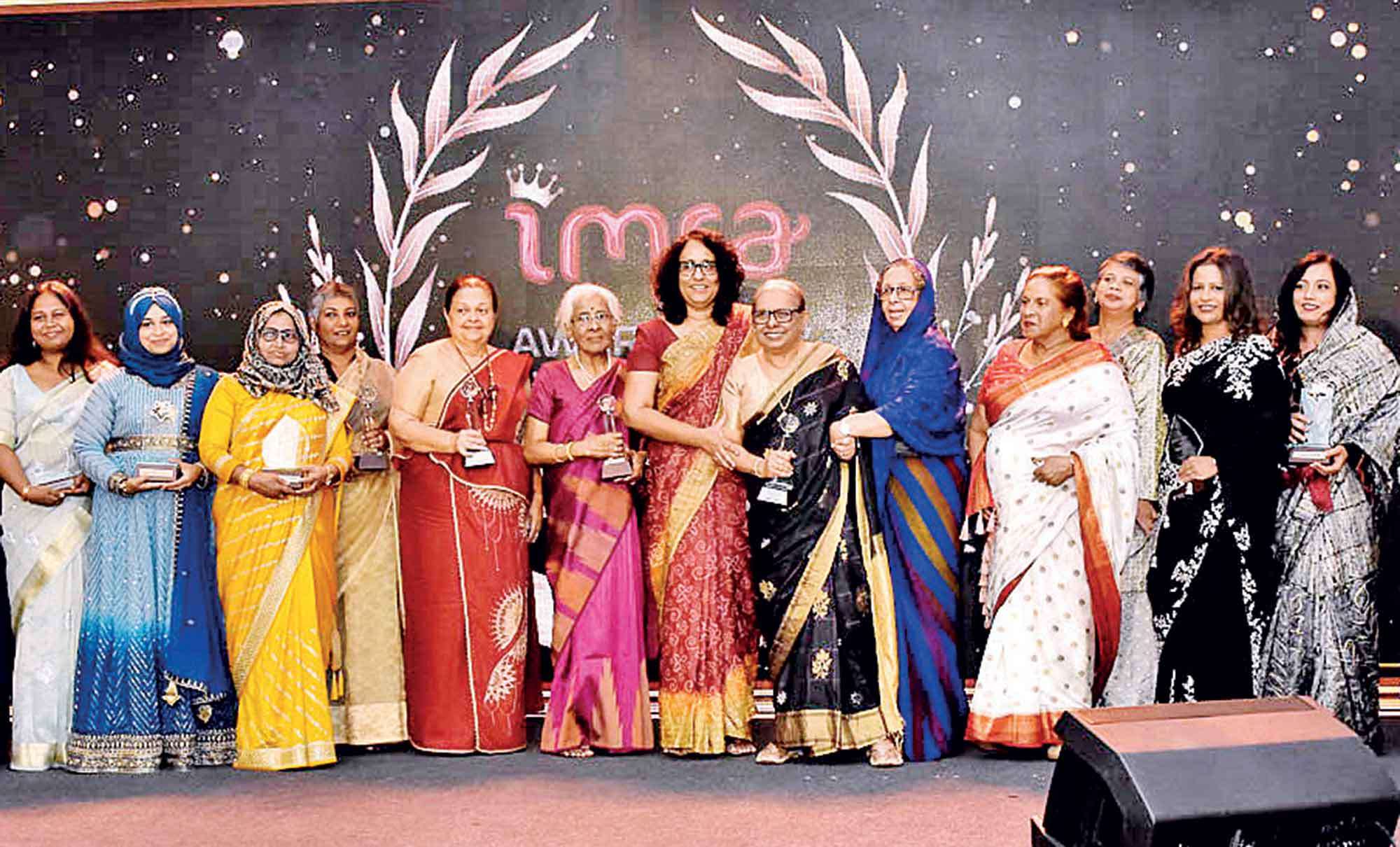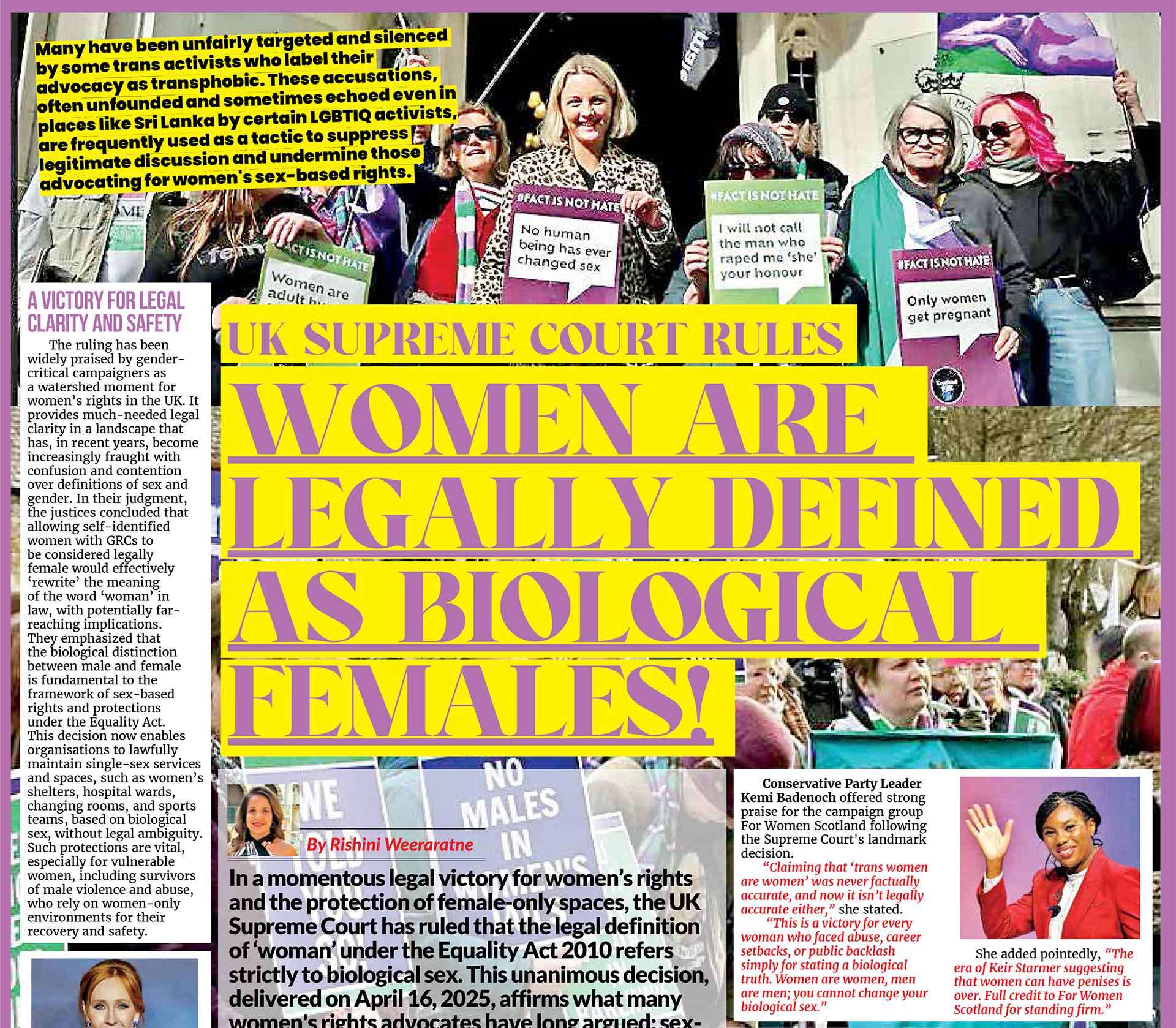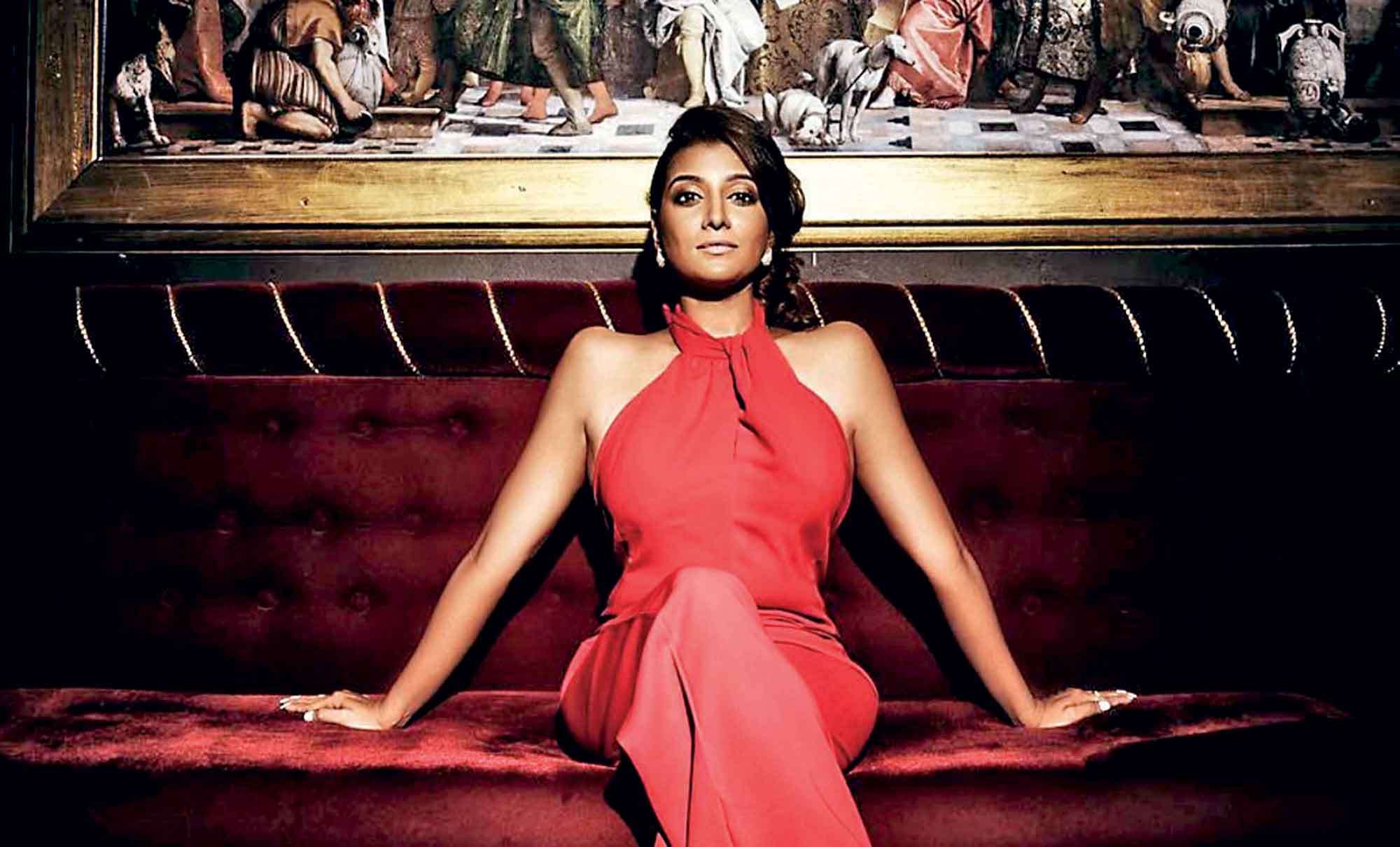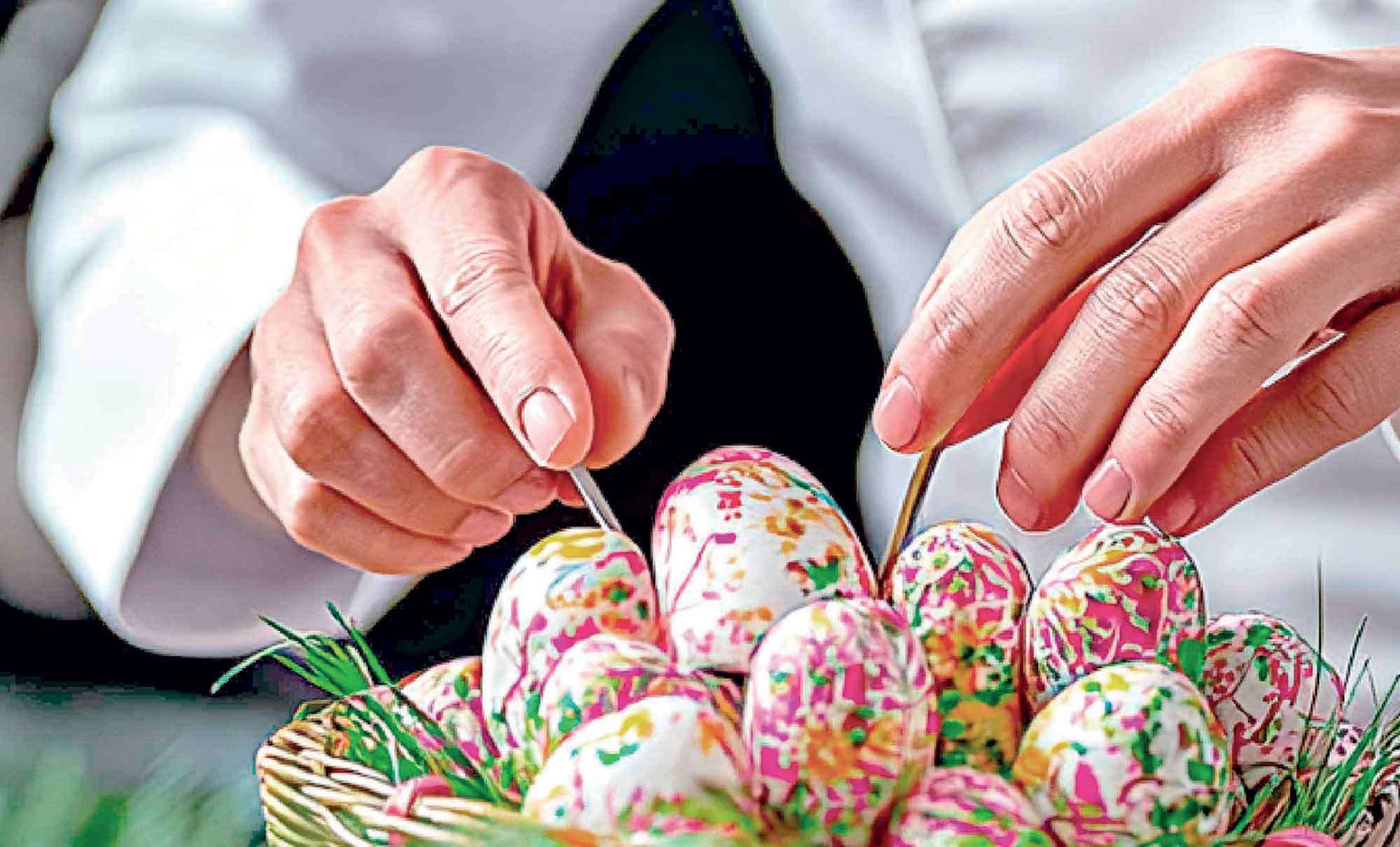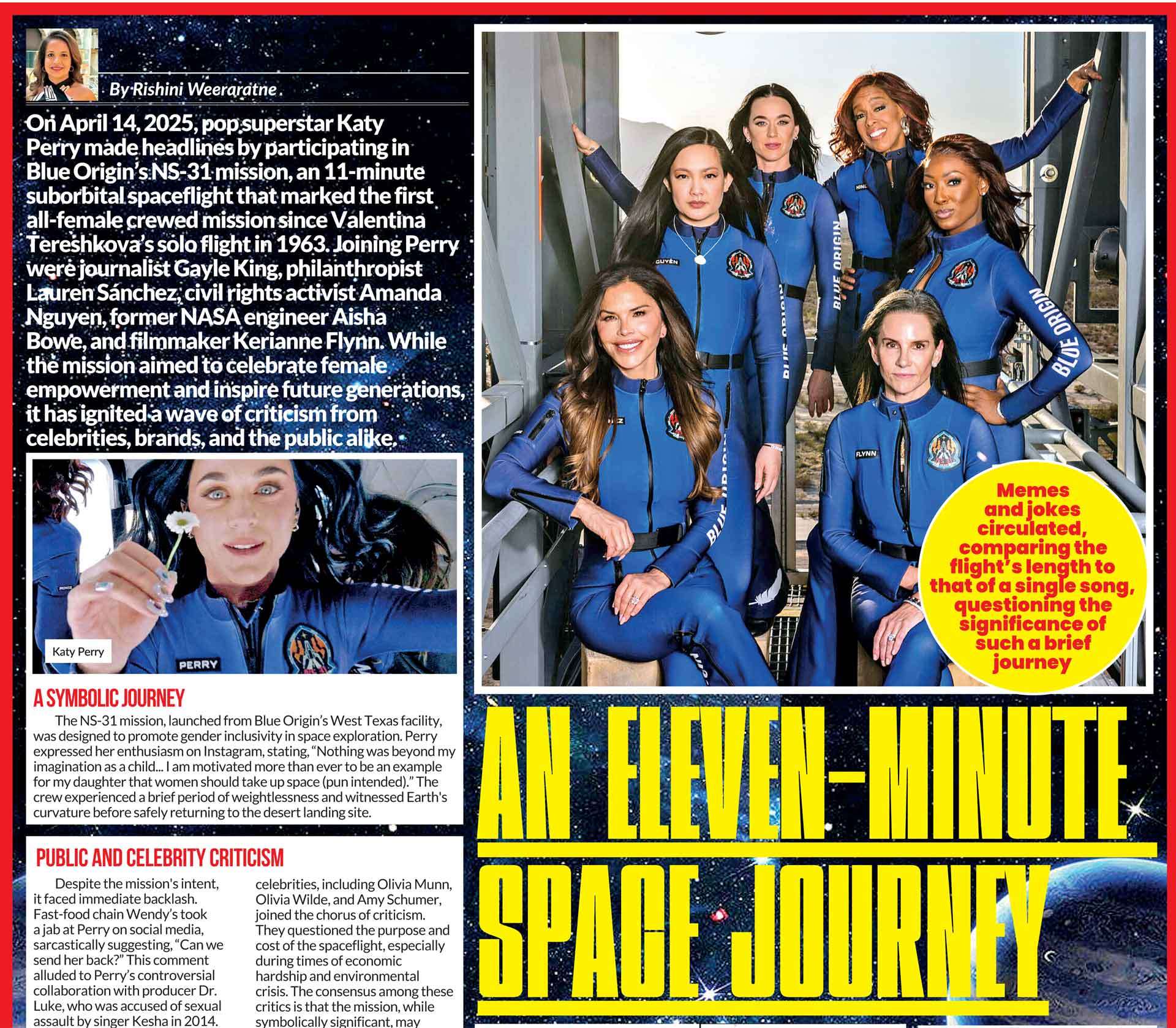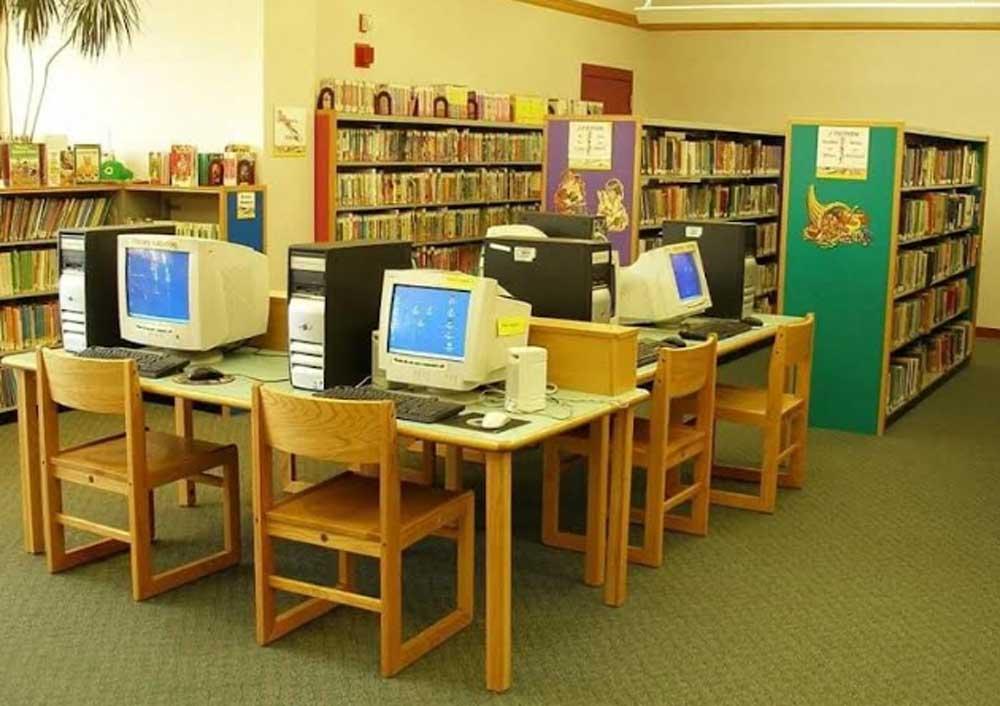

By Yashmitha Sritheran
Every generation claims their childhood was the best, but when it comes to 90s kids and 2000s kids, the difference is very clear as playing outside vs. watching Netflix. Both grew up in unique times with their own joys, struggles, and quirks. Let’s dive into what makes these two groups so different.
1. The Outdoors vs. The Digital World
90s Kids:
Childhood in the 90s meant playing outside until the streetlights came on. Hide-and-seek, hopscotch, and cycling around the neighborhood were the ultimate joys. “Screen time” wasn’t a thing. Kids built treehouses, scraped their knees, and invented games with nothing but their imagination and a stick.
2K Kids:
By the 2000s, outdoor play had a competitor: the digital world. Instead of climbing trees, kids were building virtual ones in Minecraft. Playgrounds were replaced by PlayStations, and conversations often took place in chat rooms instead of backyards. “Screen time” wasn’t just a pastime; it was life.
90s kids had sunburns; 2K kids had Wi-Fi passwords.
2. Communication: Passing Notes vs. WhatsApp messages
90s Kids:
In the 90s, if you wanted to talk to a friend during class, you’d write a note, fold it like a work of origami art, and hope the teacher didn’t catch you. After school, conversations happened face-to-face or over a landline phone.
2K Kids:
Late 2K kids were all about instant messaging. WhatsApp, Instagram, Snapchat and Facebook were their go-to platforms. Emojis and “LOL” became universal languages, and texting made sure no conversation ever had to wait.
90s kids had handwriting skills; 2000s kids mastered abbreviations like “BRB” and “TTYL.”
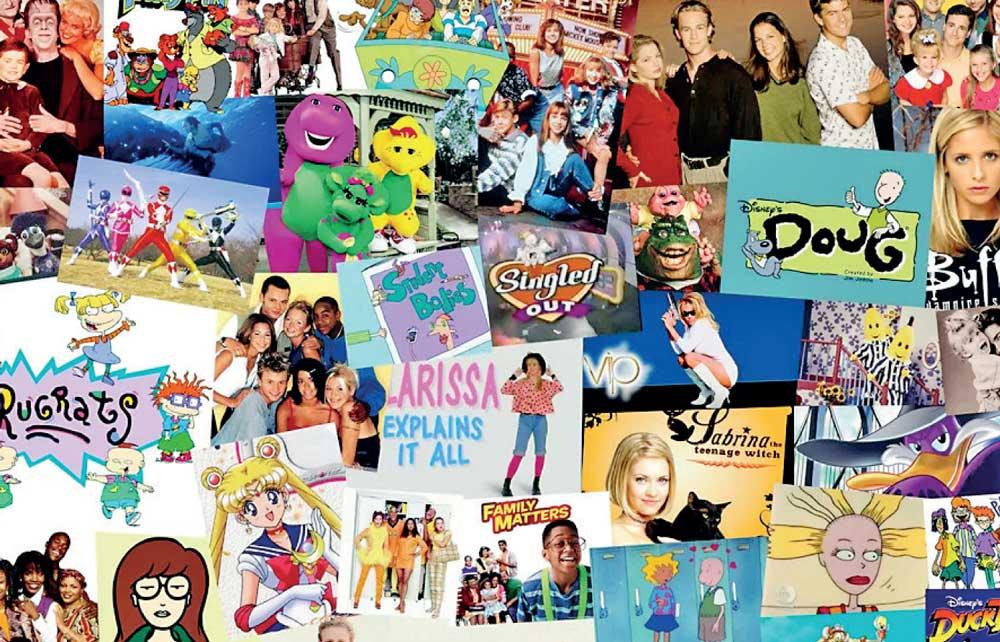
3. Entertainment: TGIF vs. Streaming
90s Kids:
Entertainment in the 90s was an event. Friday nights were spent watching TV series. Missing an episode meant waiting for the rerun. Disney movies came on VHS, and rewinding tapes was an art form.
2K Kids:
By the 2000s, streaming platforms like YouTube and Netflix had changed the game. Kids didn’t have to wait for their favorite shows, they could watch entire seasons in one sitting. DVDs replaced VHS tapes, and LimeWire made downloading movies (and viruses) a daily activity.
90s kids memorized TV schedules; 2000s kids skipped intros.
4. Toys: Toys vs. Playstations
90s Kids:
90s kids had the golden age of toys: Tamagotchis, Beanie Babies, and action figures. Board games like Monopoly and Uno were family games. The simplicity of toys brought time to spend with family.
2K Kids:
By the 2000s, toys had gone high-tech. Kids moved from Tamagotchis to virtual pets and from Game Boys to gaming online games like the PubG and Free Fire. Even physical toys often came with digital add-ons.
90s kids treasured their toys; 2000s kids connected them to technology.
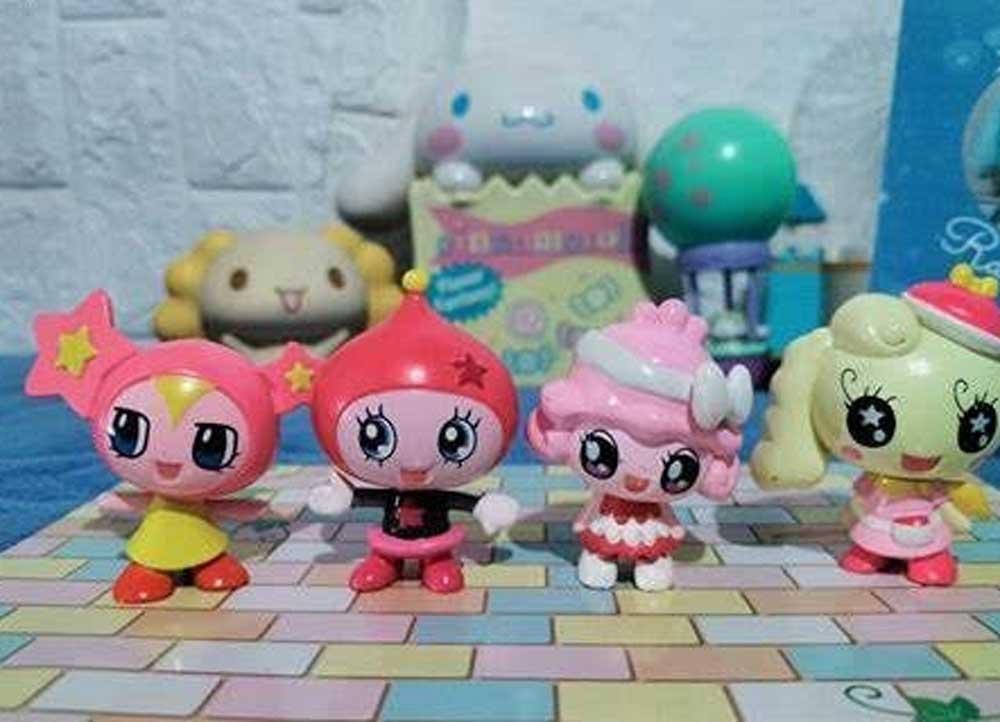
5. Social Life: Neighborhood Hangouts vs. Social Media
90s Kids:
Social life for a 90s kid meant hanging out at a friend’s house, riding bikes together, or heading to the nearest arcade. Birthday parties were filled with musical chairs and passing pillow.
2K Kids:
By the late 2000s, socializing had taken a digital turn. Kids chatted on social media, posted selfies, and hosted virtual hangouts on Skype. Birthday parties started including gaming sessions and karaoke machines.
90s kids knew their neighbors; 2000s kids knew their Instagram followers.
6. Music: Mix Tapes vs. Playlists
90s Kids:
Music in the 90s meant creating mix tapes or burning CDs for your crush. Walkmans were the ultimate status symbols, and listening to the radio meant waiting for your favorite song to play so you could record it.
2K Kids:
By the 2000s, iPods and MP3 players dominated. Playlists replaced mix tapes and downloading music from the internet (legally or otherwise) became the norm. Earphones became inseparable from every kid’s identity.
90s kids shared mix tapes; 2000s kids shared Spotify playlists.
7. Learning: Encyclopedias vs. Google
90s Kids:
Homework in the 90s meant flipping through a hefty encyclopedia or visiting the library. Research required time, effort, and a lot of photocopying.
2000s Kids:
By the late 2000s, Google was everyone’s best friend. Need to know something? Just type it in. Wikipedia and online tutorials made learning fast, though it also made kids more reliant on technology.
90s kids carried books; 2000s kids carried search engines.
8. Fads: Pogs vs. Memes
90s Kids:
Fads in the 90s were all about tangible things - pogs, bracelets, and gel pens. Kids collected everything from trading cards to stickers, and trends spread through word of mouth.
2K Kids:
The late 2000s saw the rise of internet memes, viral challenges, and fidget spinners. Trends didn’t last long because the internet churned out new ones every week.
90s fads lived in lunchboxes; 2000s fads lived online.
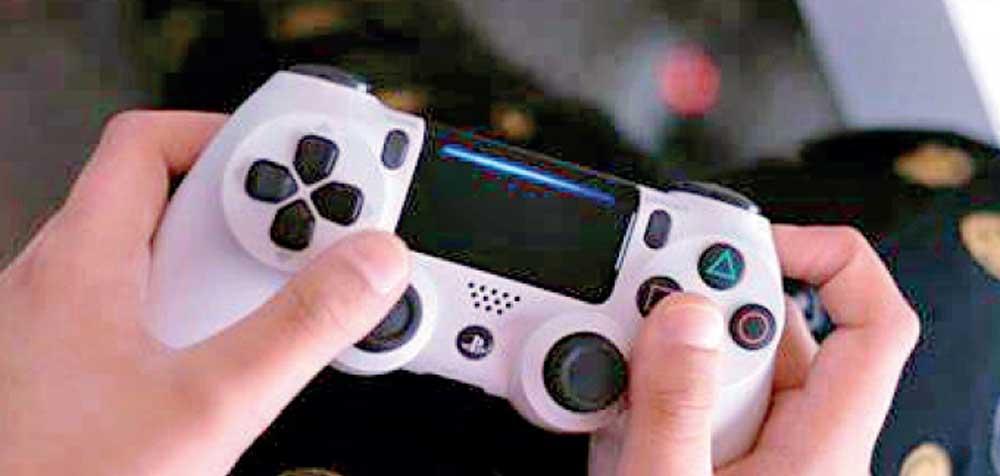
Who Wins the Childhood Crown?
It’s impossible to say which generation had it better, both 90s and 2K kids had their own unique adventures. The 90s were simpler and more grounded, while the 2K kids had technology and opened new possibilities. But one thing’s for sure: whether you grew up rewinding VHS tapes or refreshing YouTube, you probably look back on your childhood and think, ‘Those were the days.’


